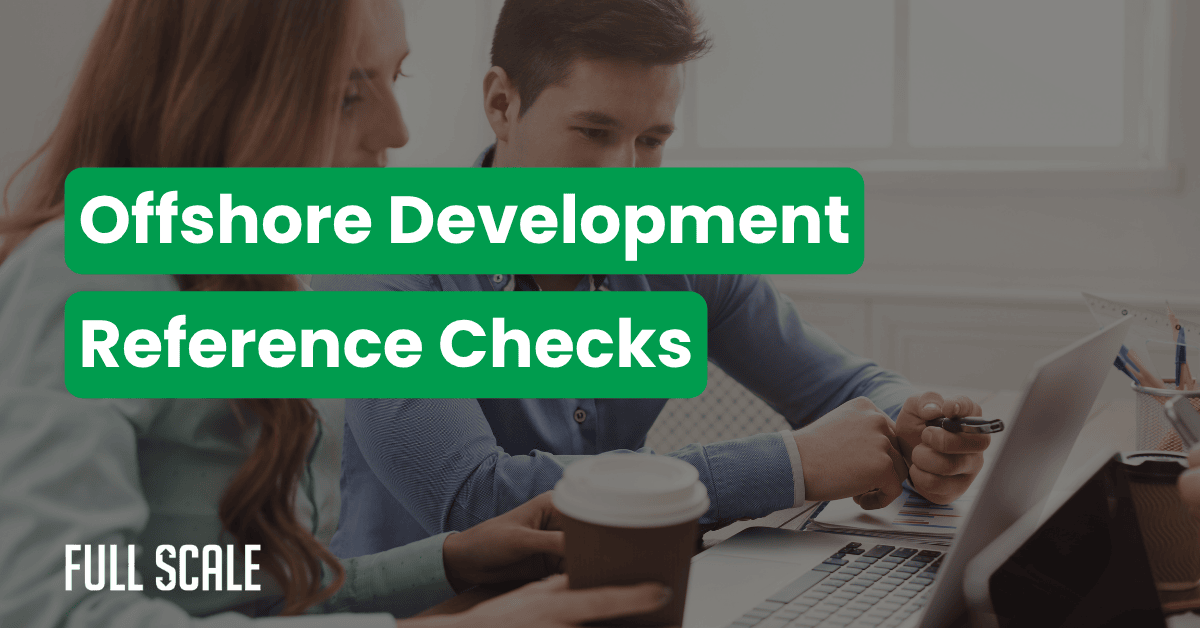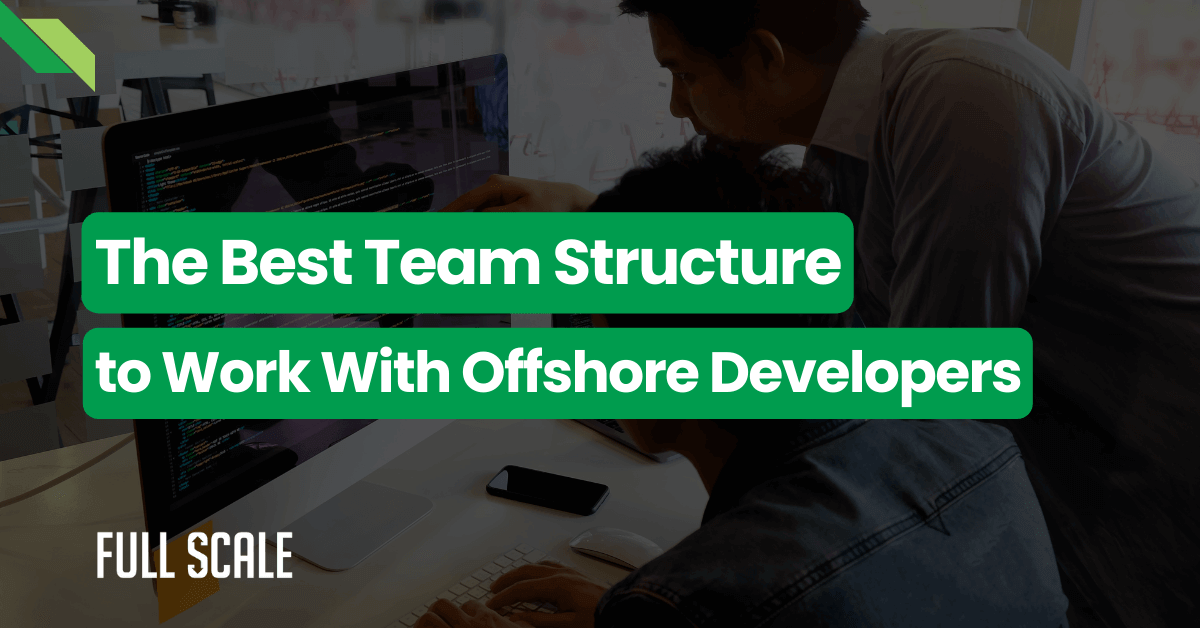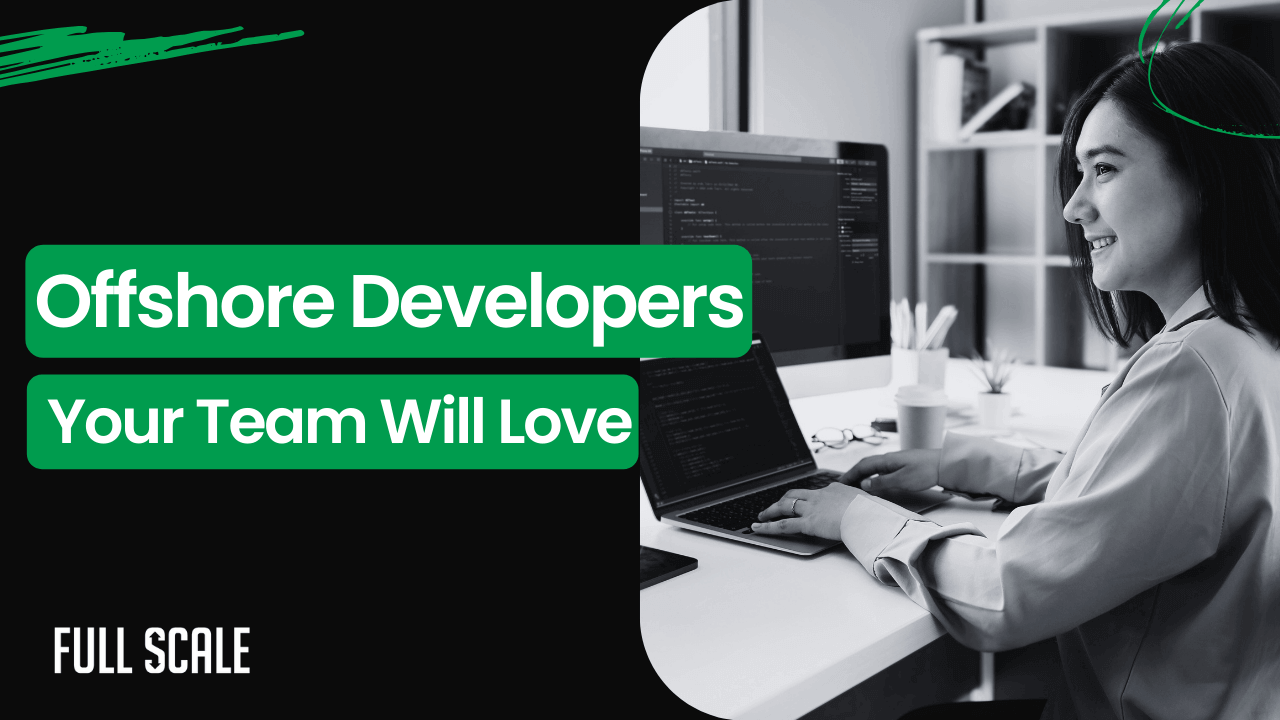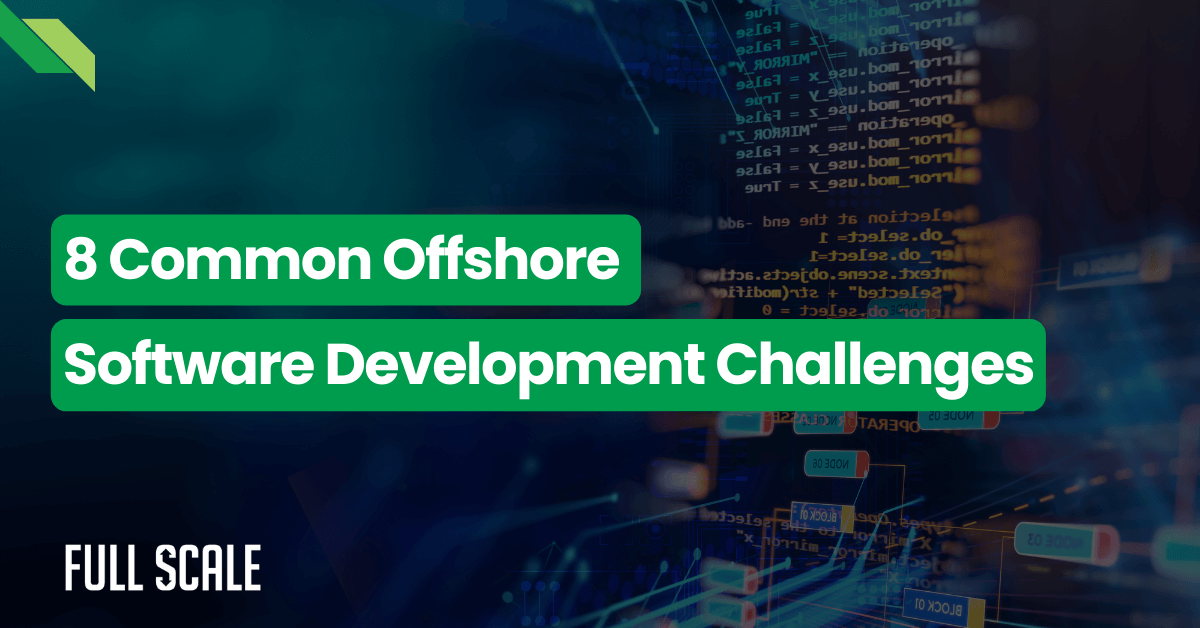Most CTOs spend 20 minutes on offshore development reference checks for a $500K decision. They call three hand-picked clients, hear glowing reviews, and sign contracts. Six months later, they’re dealing with 40% turnover and missed deadlines.
The references weren’t lying. You just asked the wrong questions.
After placing 500+ developers across 60+ tech companies, we’ve identified the questions that separate world-class offshore partners from expensive disasters. When conducting offshore development reference checks, if they won’t give you 5+ references, that’s your answer. Walk away.
What You'll Learn From This Guide
Why Vendor-Provided Offshore Development Reference Checks Are Theater
Most offshore companies give you three carefully selected clients who deliver rehearsed answers. According to a 2024 Deloitte Global Outsourcing Survey, 68% of companies report dissatisfaction with their offshore partners within the first year. Yet these same vendors all have glowing references.
The disconnect happens because vendors prep their references on common questions. Your job in vetting offshore development companies isn’t confirming they have satisfied clients—it’s uncovering how they handle problems, replace developers, and maintain quality over time.

The 15 Questions Offshore Companies Hope You Won't Ask
Ask about actual retention rates over 2+ years, specific problem examples, surprise costs, and whether they’d hire again. According to Stack Overflow’s 2024 Developer Survey, companies with retention below 75% experience 3x more project delays. The best offshore developer reference check questions reveal how vendors handle challenges.
According to 2024 SHRM research, replacing a developer costs $40,000-$60,000 when accounting for recruitment, onboarding, and lost productivity. These questions expose the real costs hidden behind polished presentations.
Category 1: Team Stability (Questions 1-3)
Question 1: “What’s your actual retention rate over the last 2 years?”
- Want: Specific percentage above 80% with names of developers still on the team
- Red flag: Vague answers like “pretty good” or “haven’t had issues”
- Follow-up: “How many started versus how many remain?”
Question 2: “How many developers left, and why?”
- Want: “Two left for personal reasons unrelated to work”
- Red flag: “They wanted more money” (vendor doesn’t invest in retention)
- Follow-up: “What did the vendor do to prevent future departures?”
Question 3: “How does the vendor handle turnover?”
- Want: Clear handoff process, pre-vetted replacement talent
- Red flag: “We’ve never had to replace anyone” (dishonest)
- Follow-up: “How long does replacement take?”
Category 2: Communication & Integration (Questions 4-6)
Question 4: “How much timezone overlap do you have?”
- Want: 4+ hours daily for effective staff augmentation
- Red flag: “We work async” (minimal overlap, delayed responses)
Question 5: “Are offshore developers in your Slack and standups?”
- Want: “Yes, fully integrated like an in-house team”
- Red flag: “We coordinate through their PM” (middleman delays)
Question 6: “Tell me about a miscommunication and resolution.”
- Want: Specific example with quick resolution
- Red flag: Hesitation or “we haven’t had any” (dishonest)
Category 3: Developer Quality (Questions 7-9)
Question 7: “Compare their skill level to your in-house team.”
- Want: “Equal or better in specific areas” with examples
- Red flag: “Fine for the price” (junior devs marketed as senior)
Question 8: “Walk me through their vetting process evidence.”
- Want: Technical assessments, code reviews, and evaluation criteria
- Red flag: “They said they vet everyone” without verification
Question 9: “Were there skill gaps discovered after hiring?”
- Want: “Minor gaps, quickly addressed”
- Red flag: “We only use them for simple tasks” (don’t trust them)
Category 4: Business Transparency (Questions 10-12)
Question 10: “Were there any surprise costs?”
- Want: “No, everything was transparent.”
- Red flag: “Small administrative fees” (compounds quickly)
Question 11: “How doesthe vendor communicate problems?”
- Want: “Proactively, before it becomes our problem”
- Red flag: “We usually have to ask” (reactive, hides issues)
Question 12: “What contract term do you wish you’d negotiated differently?”
- Want: “Nothing major” or specific minor point
- Red flag: “The termination clause” or long hesitation
Category 5: The Make-or-Break Question (Questions 13-15)
Question 13: “Would you choose this vendor again?”
- Want: Immediate “yes” with specific reasons
- Red flag: ANY hesitation = that’s a no disguised as politeness
Question 14: “Have you expanded your team with them?”
- Want: “Yes, we went from 3 to 10 developers.”
- Red flag: “We kept it small” (don’t trust vendor to scale)
Question 15: “Can I have your direct contact for follow-ups?”
- Want: “Of course, here’s my email.”
- Red flag: “Go through the vendor” (controlling narrative)

Most vendors land in the “Theater” quadrant with rehearsed answers masking retention problems. You need specifics that place them in the “Hire Them” quadrant.
Offshore Development Red Flags That Mean Walk Away
Certain responses disqualify vendors immediately. When conducting offshore development reference checks, these patterns indicate systemic problems that won’t improve after you sign.
| What They Say | What It Means | Severity |
|---|---|---|
| "I'd need to think about recommending them" | That's a polite no | 🚫 SEVERE |
| "We only use them for simple tasks" | Don't trust with important work | 🚫 SEVERE |
| "Fine for the price" | Getting junior devs, not senior | 🚩🚩 HIGH |
| "We coordinate through their PM" | Middleman creates delays | 🚩🚩 HIGH |
| "Pretty good" or vague metrics | Hiding retention/quality data | ⚠️ MEDIUM |
The Five Dealbreakers
Walk away if you encounter any of these:
- Refuses 5+ references from last 12 months — Hiding recent experiences
- Retention rate below 70% — More time replacing than building
- No developers in client channels — Middleman barriers
- References hesitate on “hire again?” — Disguised dissatisfaction
- Won’t let you choose references — Controlling narrative
If they hesitate before saying “yes” to “would you hire them again?”, you have your answer. They’re being polite. You shouldn’t be.
How to Find References They Didn't Handpick
Finding your own references reveals what vendors hope you won’t discover. Effective offshore development reference checks require finding uncurated sources beyond vendor-provided lists.
Three Strategies:
- LinkedIn Research — Search “[Vendor] + CTO” to find current/former clients. Direct outreach: “Mind answering three quick questions?”
- Review Platforms — G2 and Clutch host verified offshore development company reviews. Read 3-star reviews—most honest about strengths and weaknesses.
- The Direct Ask — “Provide your last 10 clients. I’ll choose 5 to call.” If they refuse, walk away.
Pro Tip: Search vendor name on Reddit and developer forums. Developers discuss experiences openly where sales teams don't monitor.
That extra hour could save six months of regret and hundreds of thousands in wasted spend.
Reference Check Calculator: Score Your Vendor
Use this calculator to objectively evaluate vendors based on reference responses. Each criterion generates a score showing whether to proceed or walk away.
Offshore Vendor Reference Scorecard
Scores below 65 indicate vendors that will likely cause more problems than they solve.
How Full Scale Handles Reference Checks Differently
I built Full Scale after being on both sides of these calls. As a CTO, I hated the theater. As a CEO, I refuse to play that game.
We’re confident enough to let you talk to anyone. Here’s what sets us apart.
"I called 8 Full Scale references before hiring them. Every one said they'd choose them again—without hesitation. That consistency doesn't happen by accident."
— CTO at FinTech SaaS
How We Compare to Traditional Models
| Approach | Traditional | Freelancer | Full Scale |
|---|---|---|---|
| References | 3 hand-picked | Individual reviews | 10+ (you choose) |
| Retention | Rarely shared | High churn | 95% documented |
| Communication | PM middleman | You coordinate | Direct access |
What Makes Full Scale Different
When conducting staff augmentation reference checks on Full Scale, you’ll discover:
- 95% developer retention over 3+ years — Industry average is 60-70%
- No project manager middlemen — Direct access to your developers
- Month-to-month contracts — Starting at $4,000/developer, no lock-in
- Transparent pricing — No surprise fees or hidden costs
- 4-8 hour timezone overlap — Philippines-based team works your hours
- Full Slack/standup integration — Developers join from day one
- U.S.-based contracts — Enforceable IP protection
- 2% acceptance rate — We screen 50 developers to find 1
According to Stack Overflow’s 2024 Developer Survey, companies with 90%+ retention experience 75% fewer project delays. We maintain 95% by treating developers as permanent team members.
Why Partner With Full Scale
Our clients consistently report:
- Zero surprise costs — Fixed rates, transparent from day one
- 2-3 week scaling — Versus 3-4 months traditional hiring
- True team integration — Not external contractors
- Proactive problem-solving — We surface issues early
- Rigorous vetting — Only 3% pass our screening
- 73% expanded teams — Within first 12 months
We’re not perfect. We’ve had developers leave. We’ve had miscommunications. The difference? We tell you about them. And exactly how we fixed them.
Request 5-7 from the past 12 months. Three curated references only show their happiest clients. More references reveal patterns in communication, retention, and problem-solving. If they refuse 5+ references, walk away.
Look for 80%+ over 2 years minimum. Industry average is 60-70% (Deloitte 2024). Full Scale maintains 95%. Below 75% means more time replacing than building.
G2 and Clutch provide valuable data—read strategically. Focus on 3-star reviews for honest strengths and weaknesses. Combine with direct reference calls.
Minimum 4 hours daily enables effective collaboration. Allows standups, problem-solving, and direct communication. Full Scale’s Philippines team provides 4-8 hours of overlap with U.S. teams.
Absolutely. Hidden costs destroy budgets and trust. Ask, “Were there any costs not in the contract?” Look for complete transparency with zero surprise fees. Full Scale provides transparent pricing upfront.

Matt Watson is a serial tech entrepreneur who has started four companies and had a nine-figure exit. He was the founder and CTO of VinSolutions, the #1 CRM software used in today’s automotive industry. He has over twenty years of experience working as a tech CTO and building cutting-edge SaaS solutions.
As the CEO of Full Scale, he has helped over 100 tech companies build their software services and development teams. Full Scale specializes in helping tech companies grow by augmenting their in-house teams with software development talent from the Philippines.
Matt hosts Startup Hustle, a top podcast about entrepreneurship with over 6 million downloads. He has a wealth of knowledge about startups and business from his personal experience and from interviewing hundreds of other entrepreneurs.




